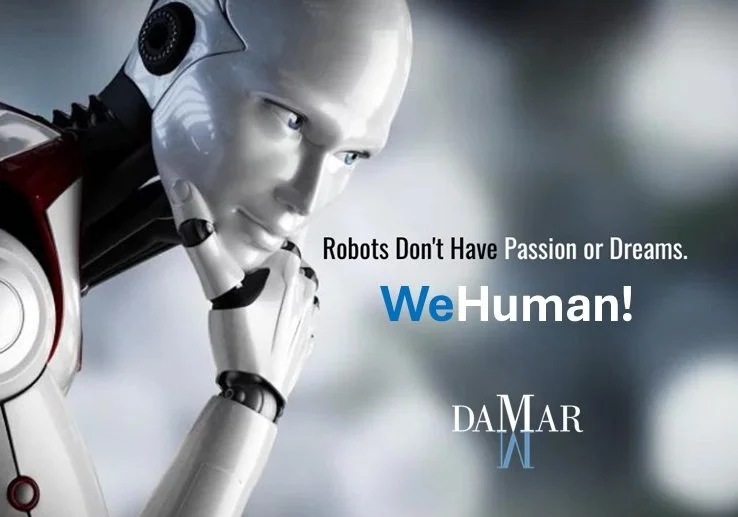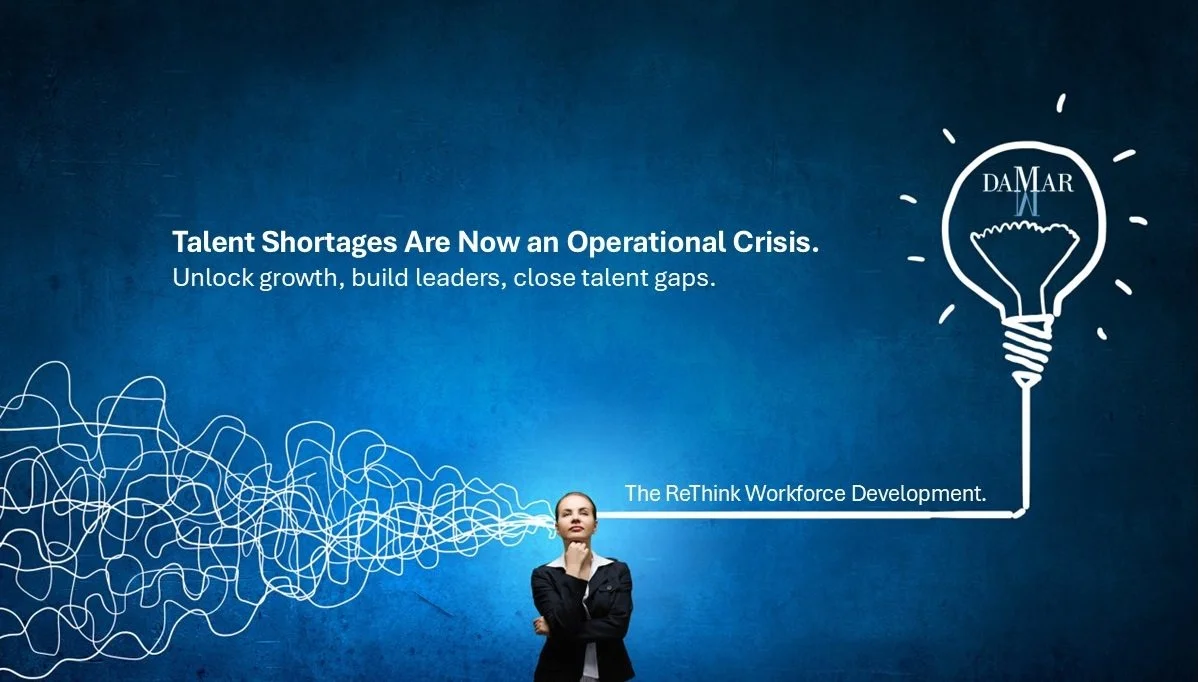Companies are cutting jobs, and many have already frozen or reduced hiring because of the economy. The question is—what steps will you take to prepare for 2026?
The job market is facing unprecedented upheaval. By 2026, nearly 60% of companies expect to implement layoffs, with many organizations already freezing hiring or reducing their workforce. This dramatic shift isn't just about economic uncertainty—artificial intelligence is fundamentally reshaping how businesses operate, replacing approximately 30% of existing roles while creating new opportunities for those with AI-adjacent skills.
As permanent positions become scarcer and companies increasingly rely on contingent and flexible staffing, workers face a critical choice: adapt or risk being left behind. The good news? Strategic career planning can help you not only survive this transition but also emerge stronger on the other side.
The New Reality: What's Driving These Changes
The convergence of economic pressures and technological advancement is creating a perfect storm in the employment landscape. High-paying positions that once seemed secure are now at risk if they don't incorporate AI skills, while demand surges for professionals who can bridge the gap between human expertise and artificial intelligence capabilities.
This shift represents more than temporary belt-tightening—it's a fundamental restructuring of how work gets done. Companies are discovering that flexible staffing models allow them to scale more efficiently and access specialized skills without long-term commitments. For workers, this means the traditional career path of climbing a single corporate ladder is giving way to a more dynamic, project-based professional journey.
Strategic Steps to Maximize Your Career Security
Not all sectors face equal risk. Healthcare, essential services, renewable energy, and select technology roles continue showing strong demand even as other industries contract. When evaluating opportunities, prioritize companies actively investing in digital transformation and AI implementation—these organizations tend to be more resilient and are creating new roles rather than just eliminating existing ones.
Research potential employers' strategic priorities and recent investments. Companies that view AI as an opportunity rather than just a cost-cutting tool are more likely to create sustainable, well-compensated positions for workers who can help them navigate the technological transition.
Invest Aggressively in AI and Technology Skills: Perhaps no factor matters more for career security than developing AI-adjacent expertise. Workers without these skills face the highest risk of displacement, while those who can effectively collaborate with AI systems, interpret data insights, or manage automated processes become increasingly valuable.
The specific skills you need depend on your field, but common high-value areas include data analytics, automation tools, machine learning basics, and prompt engineering. Don't overlook soft skills that complement technological capabilities—adaptability, communication, and remote collaboration have become essential in uncertain times.
Consider this investment urgent rather than optional. The gap between AI-skilled and traditional workers is widening rapidly, and catching up becomes more difficult as the technology advances.Embrace Flexible Work Arrangements: The rise of contingent staffing isn't just a business trend—it's creating genuine opportunities for workers willing to think beyond traditional employment models. Contract, freelance, and part-time positions often provide faster entry into new industries, immediate income during transitions, and valuable learning experiences that can lead to permanent roles.
Lateral moves that might not offer immediate pay or title advancement can position you strategically for future opportunities while reducing risk if your current industry faces contraction. The key is viewing your career as a portfolio of experiences rather than a linear progression.Activate and Expand Your Professional Network: In a competitive job market, the "hidden job market" becomes even more critical. Many positions never reach public job boards, instead being filled through networking and referrals. This makes relationship-building a practical necessity rather than just good practice.
Actively engage with industry events, alumni networks, professional associations, and online communities relevant to your field. Focus on genuine relationship-building rather than transactional networking—people remember those who offered help or insights, not just those who asked for favors.Strengthen Your Professional Brand: Your resume, LinkedIn profile, and interview stories need updating to reflect current market realities. Highlight adaptability, quantifiable achievements, and any exposure to emerging technologies or methodologies. Prepare compelling narratives about how you've navigated change, solved complex problems, or contributed to digital initiatives in previous roles.
In interviews, demonstrate awareness of industry trends and your role in helping organizations adapt. Employers value candidates who understand the broader context of business challenges, not just their specific job functions.Develop Proactive Career Management Habits: Successful navigation of an uncertain job market requires treating career planning as an ongoing discipline rather than something you do only when job searching. This means maintaining updated application materials, staying informed about industry developments, and regularly assessing your skills against market demands.
If you're currently employed, focus on contributing to business-critical projects, learning new systems, and aligning your work with the company’s strategic goals. Make yourself indispensable by becoming the person others turn to for guidance on new technologies or process improvements.
Financial and emotional preparation for potential changes reduces stress and improves decision-making. Having a clear "Plan B" allows you to approach opportunities from a position of strength rather than desperation.
Turning Uncertainty Into Opportunity
While the prospect of widespread layoffs and AI-driven job displacement understandably creates anxiety, history shows that major technological transitions also create new opportunities for those who adapt strategically. The key lies in viewing change as something to navigate actively rather than something that happens to you.
Success in this evolving job market requires becoming more adaptable, focusing relentlessly on in-demand skills, embracing flexible work arrangements, leveraging relationships, and maintaining constant readiness for change. These aren't just survival strategies—they're the foundation for building a more resilient, fulfilling career in an economy where adaptability becomes the most valuable skill of all.
The workers who thrive in the coming years won't be those who resist change, but those who position themselves at the intersection of human expertise and technological capability. Start taking these steps now, and you'll be prepared not just to weather the storm, but to find new opportunities within it.
DaMar Staffing and Consulting Solutions is an award-winning company dedicated to building an empowered, innovative workforce through training and advanced solutions. Our staffing and consulting division focuses on positioning individuals for career growth and advancement through targeted training. With over 20 years of experience, DaMar Solutions is known for delivering exceptional service, recruiting top-tier professionals, and providing flexible workforce solutions to Indiana companies.










